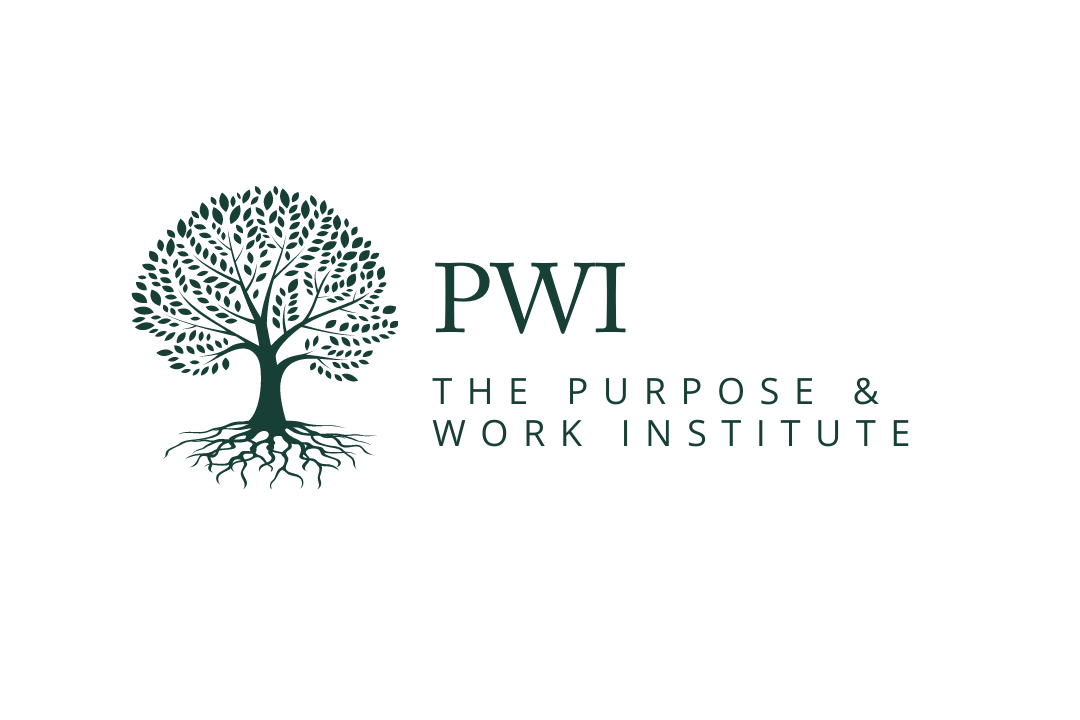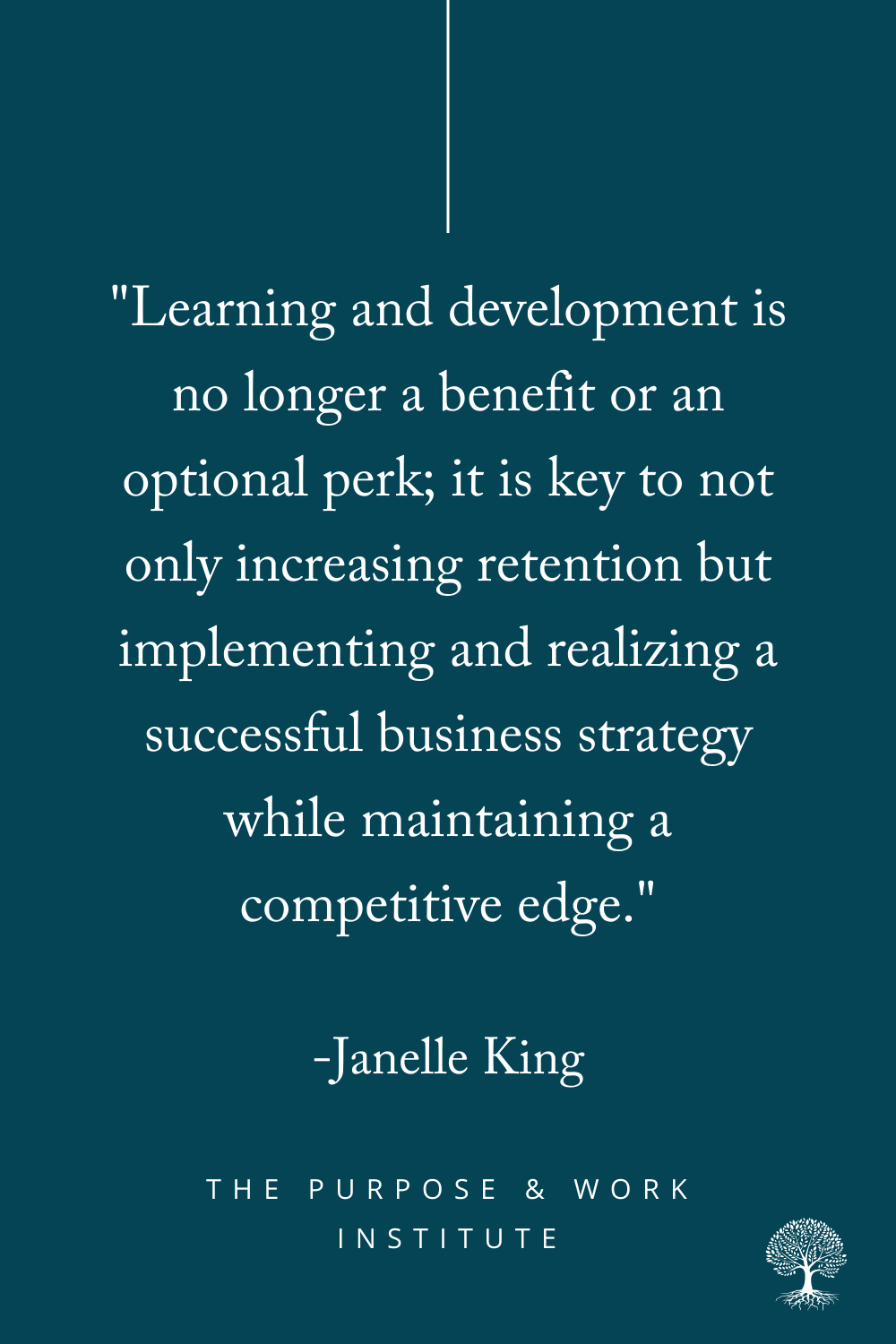The Importance of L&D in the Future of Work
How long would you stay in a relationship that didn't grow, evolve or offer any meaningful or mutual benefits? Not long, but unfortunately many leaders have these expectations of their employees. They want engagement and commitment without providing the resources and advancement opportunities that make a job worthwhile and worthy of time, energy, and effort. A recent report by McKinsey revealed nearly 41% of people surveyed quit their job due to the lack of career development and advancement opportunities.
Due to the recent changes in the workplace landscape, the old way of working isn't working, and many leaders are rethinking and restructuring what work looks like in the future, which has a significant impact on the expectations leaders have surrounding their people's capabilities. In addition, as the integration of AI increases within organizational processes, 85 million jobs are expected to be displaced by 2025, making reskilling and upskilling a priority. As a result, learning and development is no longer a benefit or an optional perk; it is key to not only increasing retention but implementing and realizing a successful business strategy while maintaining a competitive edge.
So how can Learning & Development support these critical changes?
Here are some strategies recommended by EY to keep in mind when facing these challenges. The first step is to realize that L&D goes beyond providing training. It involves creating a culture that integrates and values organizational learning. High-performing organizations are responsive and adaptive by cultivating a culture that engages in continuous learning, viewing learning as a critical business asset. Instead of blaming and shaming, continuous learning organizations ask, "What can we learn?" while emphasizing the importance that the roles of coaching, feedback, leadership, and ownership play in creating an organizational learning culture.
This requires a mindset shift that moves from being reactive to proactively aligning your organization's mission, business, and talent strategy.
A strong strategic learning and development plan starts with a mission-aligned business strategy and then moves into creating learning and development initiatives and activities that support the overall strategy and include metrics that define success.
It's important that L&D be diversified in both its composition and its function.
To increase effectiveness and success, the L&D function should consist of multi-disciplinary teams (i.e. L&D professionals, talent management, marketing, technology) or roles (i.e. content curators, facilitators, graphic designers, data analysts) that share co-ownership of L&D goals. Having a collaboration of these functions and roles allow the learning function to remain effective, adaptive, and agile to respond to the ever-evolving business needs and environment.
When creating your L&D plan, it's also important to consider the integration and flow of learning and work.
For learning and development to successfully bridge the skills gap, it must consider the manner in which learning is conceptualized and delivered. Many organizations struggle with offering longer learning formats, such as day-long trainings that eat into daily productivity, while employees struggle with formats, such as Lunch and Learns or after-hour classes, that affect their well-being and ability to balance life and work. While both formats can still be valuable and are sometimes necessary, in the long run, it's important to consider formats that can be integrated into the flow of work, such as micro-learning or on-demand learning that be done in bite-sized chunks of time during the work day.
As work continues to evolve, today's workforce and landscape require organizations to reconsider and restructure the way they work. Organizations that wish to remain relevant and competitive will consider ways in which they can use learning and development to create a purpose-driven culture that values and prioritizes organizational learning. Learning and development is no longer just important to attracting and retaining employees, it's critical to creating an impactful and successful business strategy. High-performing organizations consider this when creating their learning and development strategy.



